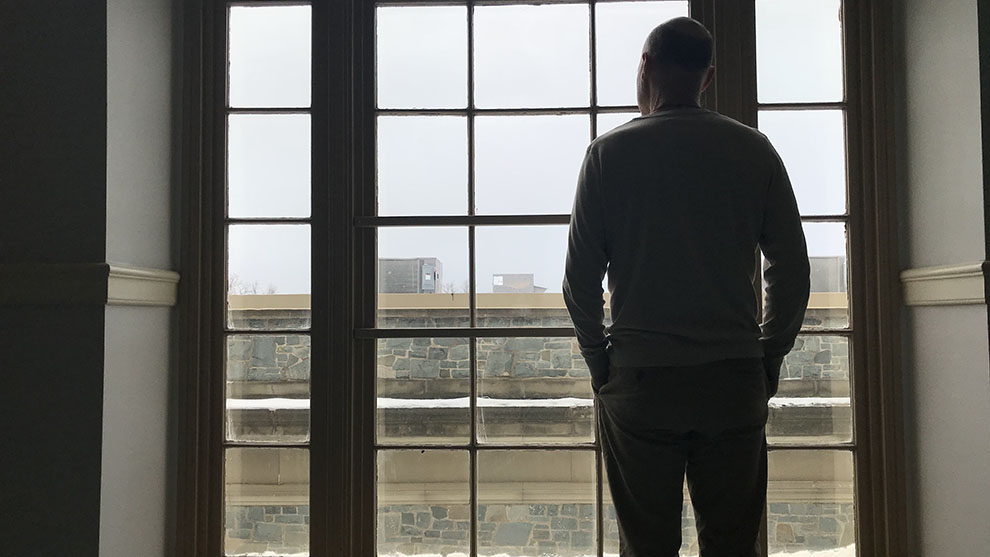Health, Community
Loneliness is a public health issue, says chief medical officer
Province looking at ways to rebuild community connection for seniors

caption
TBD.Nova Scotia’s chief medical officer of health says the province recognizes that loneliness is a public health issue.
“We are well aware that social isolation and loneliness is an issue in Nova Scotia,” says Dr. Robert Strang, noting that it can shorten a person’s lifespan, increase their risk of depression, and worsen chronic illness or injury.
“There are certain groups that are definitely more vulnerable, especially seniors.”
According to the province’s Shift action plan for an aging population, published last year, 19.7 per cent of women aged 65 and over live in low income households, compared with 14.7 per cent of men 65 and over. More than one-third of people 65 and over who live alone are in the low income category.
Statistics Canada reports that, due to aging population, the biggest increase in single-person households occurred in the Atlantic provinces in 2016. It was two to four times greater than the entire country.
In response to this growth, Strang says there needs to be stronger community connections for seniors. Possible solutions involve making transportation more available for those who can no longer drive, or can’t afford a vehicle, and having community outreach programs.
Anne Corbin is the executive director of Community Links, a province-wide organization that supports the establishment of age-friendly, inclusive communities. She says that the province needs to take measures to address loneliness for seniors.
“There needs to be a shift in focus for recreation departments away from youth and onto seniors,” says Corbin.
Community Links encourages seniors to take advantage of free transportation services, such as Dial-a-ride, to get out of the house. They also support 10 Ageing well Together Coalitions across Nova Scotia. Coalition members include agencies and individuals who are interested in making communities more age friendly and promote healthy aging, with an emphasis on physical activity and other factors.
Corbin says it’s a common misconception that seniors in rural areas are most at risk. In fact, those living in urban subsidized housing are more socially isolated. They tend to be lower income, single, with no resources or very little programing available to them.
“People in rural communities seem to know who the seniors are in the community and take it upon themselves to reach out to them,” she says. “I’d like to see subsidizing housing partnering with groups in the community to reach out to seniors. Also, it would help to have people assigned to public housing units specifically to organize social interaction.”
Since government resources are limited, and an investment into loneliness is an upstream battle, Corbin believes that the province has to be convinced the investment will pay off in the long run.
“I think the baby boom population will be more proactive in demanding programs for socialization,” she says.
Earlier this month, the United Kingdom appointed a loneliness minister to tackle the social and health issues caused by social isolation. It’s now considered a public health issue, like smoking and obesity.
Strang agrees with Corbin that finding ways to connect seniors to each other and to the community at large is key.
“It’s all about looking after each other and re-building that sense of community,” says Strang.

